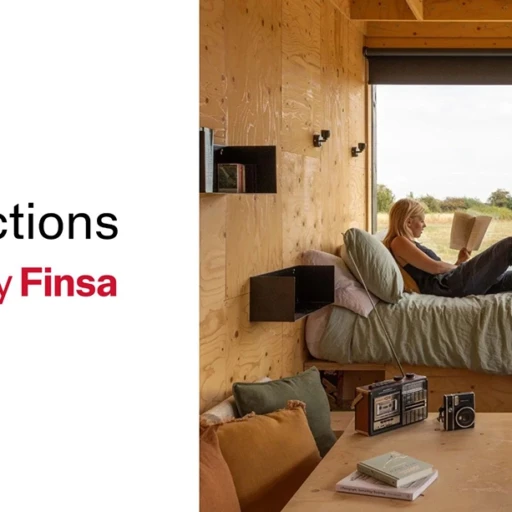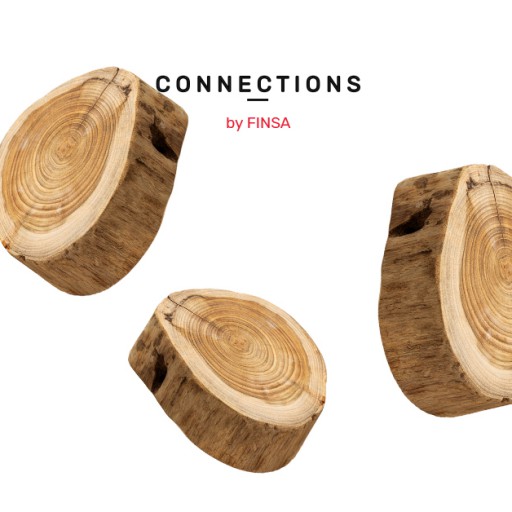The search for well-being is now a key premise in the design of any habitat. Certifications such as WELL, which guarantee the physical and mental health of a project, became more important after the pandemic. We are already living in a moment in which “health has left the laboratories and entered the home”, as the consultant Katie Klecheski summarises.
In the rise of generating a friendly and welcoming environment for people, neuroaesthetics complements the principles of neuroarchitecture (which we already talked about in this post) to introduce them into interior design. Do you want to know how you can apply it to your projects? In Connections by Finsa we provide you with context, examples and advice.
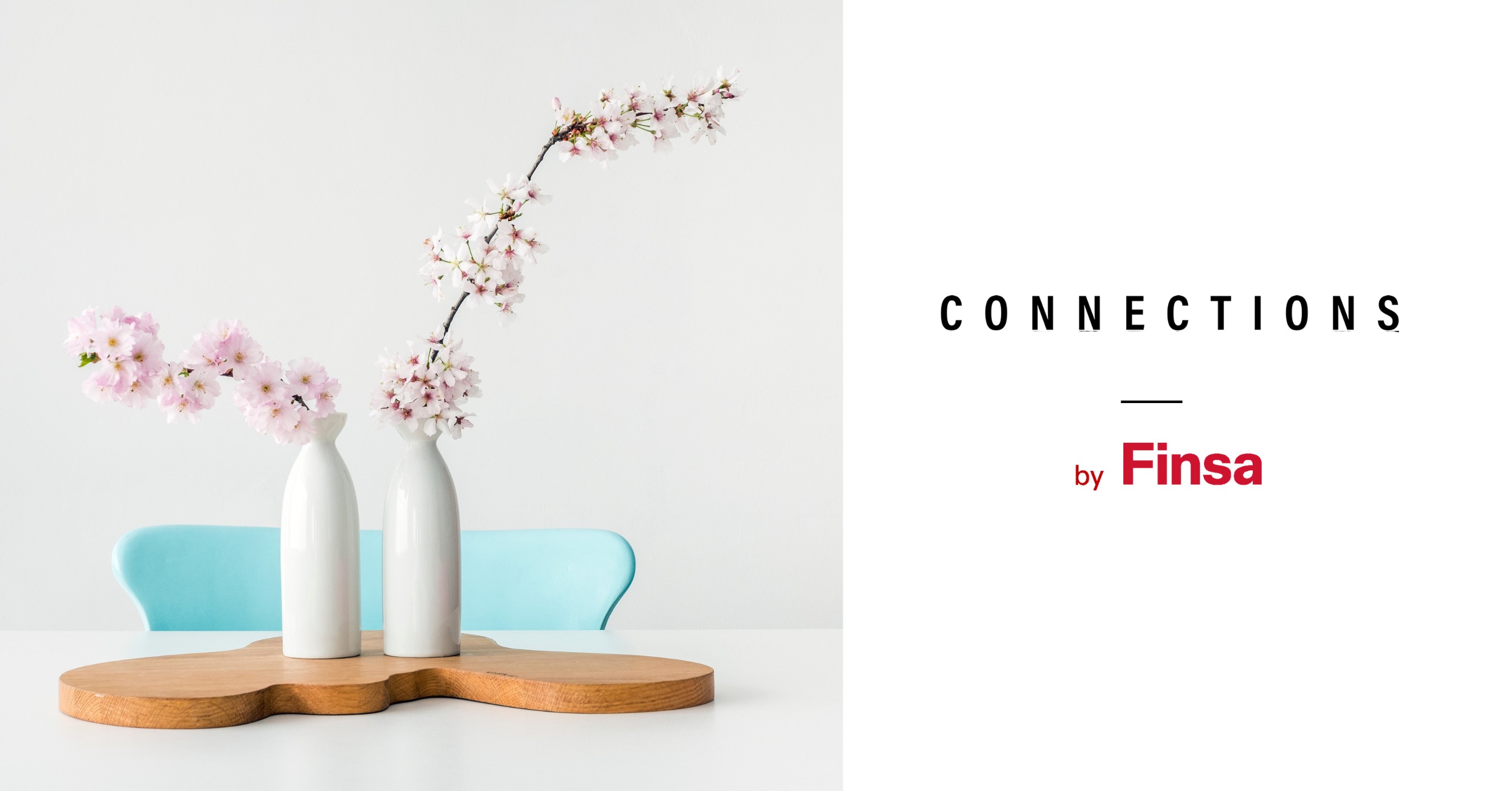
What is neuroaesthetics and how can it be applied in interior design?
Neuroaesthetics is, in short, the science of beauty. Semir Zeki, a neurobiologist, discovered in 1990 that, when perceiving something beautiful (musical, visual or even mathematical), the same brain area is always activated. Thanks to this finding, it was possible to standardise a series of parameters in different disciplines (design, fashion, interior design…) to reinforce the positive sensations provoked by the contemplation or enjoyment of a beautiful and comfortable environment.
In interior design, it analyses how factors such as colour, lighting, acoustics or textures affect the emotional state. In this way, we can adapt the sensory aspects of design to create inclusive spaces. By considering these stimuli in the conceptualisation of environments, you will not only captivate visually, you will also touch the innermost fibres of the human experience. This approach goes beyond superficial aesthetics and offers a path towards devising an experience that resonates on a deep level.
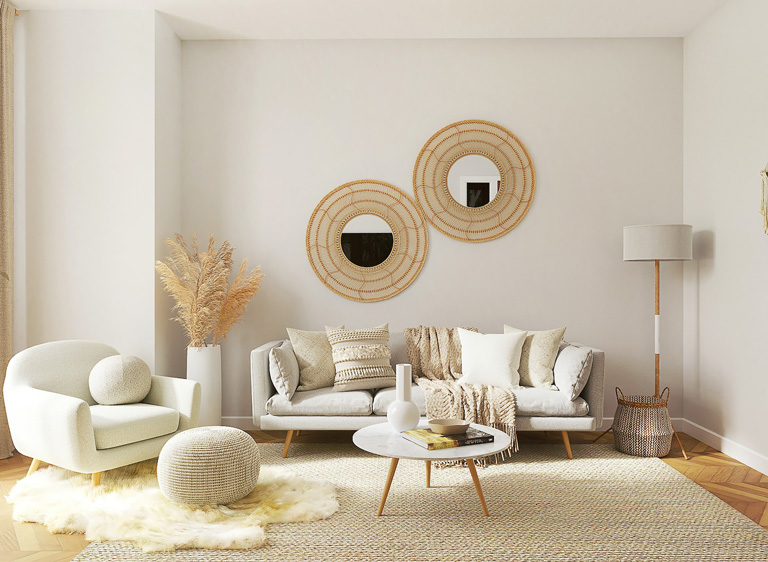
Examples of neuroaesthetics in interior design
In homes, low-tech solutions (with low technological friction) are being promoted, practically invisible and advanced, where products appear and disappear, thus generating an efficient habitat that can also be a place of disconnection. Such is the case of the Emma Motion mattress, a sleep system that, through artificial intelligence, adapts in real time and silently to the body’s movements.
A step further in the application of neuroaesthetics was A space for being, a test installation promoted by Google, Muuto, Reddymade Architecture and Johns to “explore how aesthetic experiences have the potential to impact our biology and well-being”, as the four project partners explained during the Salone del Mobile in Milan in 2019.
The experiment consisted of a space with a specific interior design that was entered by people wearing wristbands made ad hoc by Google. These bracelets measured various physical and physiological responses such as heartbeat, breathing and body temperature. In this way they took data to see how three rooms with different furniture, colours, textures, lighting and acoustics generated feelings of tranquillity and comfort.
This scientific discipline transcends the home and reaches the office. Juan Carlos Baumgartner, architect included by the NYC Post in the list of the top ten professionals in 2022, explained in GQ that work environments must generate wellbeing: “you can’t wake up your productivity if you don’t feel at ease in a place where you spend at least eight hours. There’s no other space that affects you more in that sense”.
Baumgarter wrote the book Office as a tribe, where he argues for the need to reconnect on a social and human level in offices. As a strong advocate of neuroscience in architecture and interior design, he believes that “in the near future”, it will be necessary to get a medical license to design.
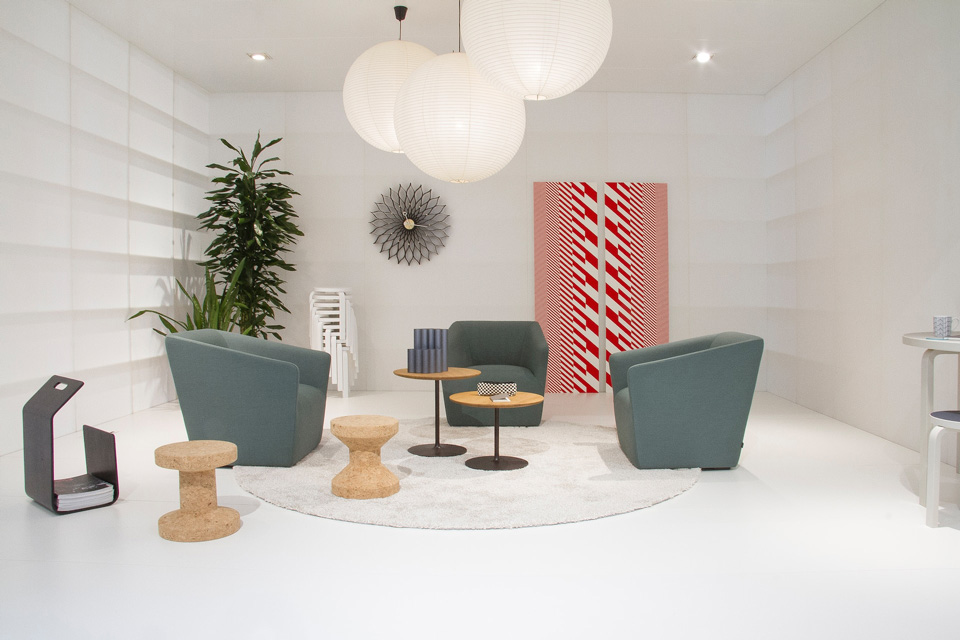
5 keys to take advantage of neuroaesthetics in interior design
After reviewing several case studies, we would like to advise you on five aspects that you should consider when applying neuroaesthetics in interior design:
- First of all, study what activities are carried out and what emotions you want to arouse in that habitat.
- Include nature in some way to avoid the Heidi syndrome.
- Balance between symmetry, asymmetry and order: look for symmetries due to their ordered structure or calculated asymmetries that capture attention and interest.
- Use textures on surfaces, furniture… from soft to rough, rely on the sensations transmitted by the tactile.
- Generate lights and shadows to play with volumes.



